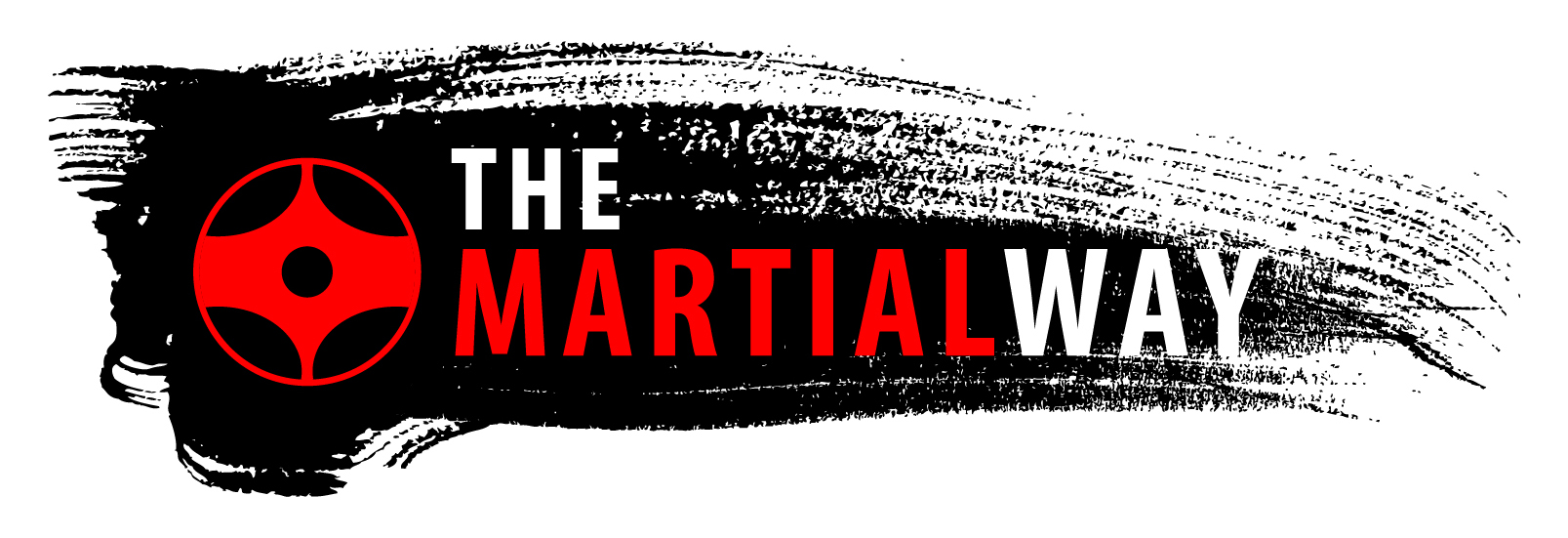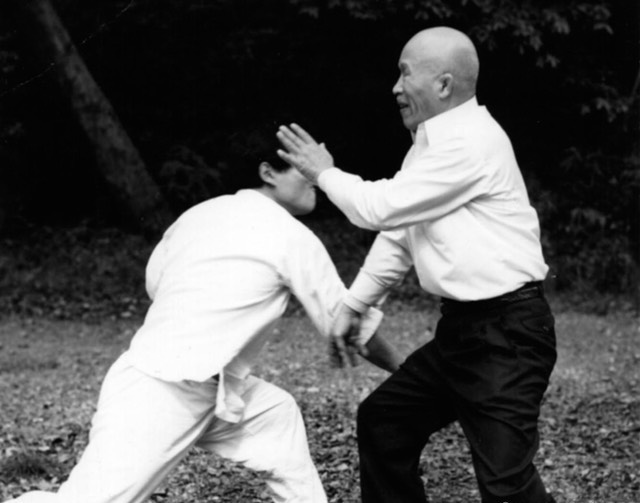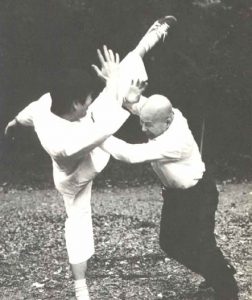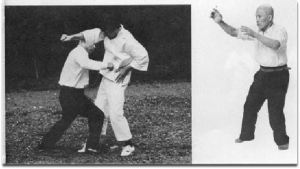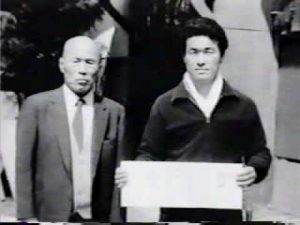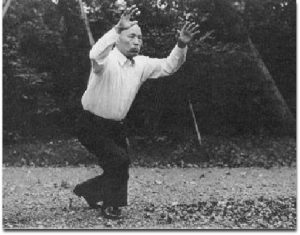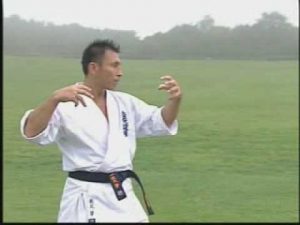As most know, I am extremely passionate about Kyokushin, not only as a student of the physical side, but of the history and evolution of this amazing karate style, founded in 1964 by Korean-Japanese Masutatsu (Mas) Oyama.
Many are aware that Sosai (president) Mas Oyama was a 4th Dan Black Belt in Shotokan, 7th Dan Black Belt in Gōjū-ryū Karate, 4th Dan Black Belt in Judo, and he combined his knowledge to create Kyokushin Karate. However, Sosai Oyama took part in various trainings. One of these was something called Taikiken (and shorten to Ikken).
History of Taikiken
Taikiken is a Japanese martial art, greatly inspired by Yi Quan (or dachengquan), a Chinese system of martial arts. Taikiken was founded by the Japanese Kenichi Sawai (1903 – 1988) after losing to Chinese Wang Xiangzhai (1885-1963) – the founder of Yi Quan. Impressed by the technique of Wang Xiangzhai, Kenichi Sawai learned Yi Quan with his student Yao Zongxun and then with the master himself, Wang Xiangzhai.
Please Note, there is no link between taiji quan (Tai Chi) and taikiken: taiki, which can be translated as “great unlimited Atmosphere/Space (Tai) Air/Oxygen (Ki)”, is to differentiate taiji, Taikyoku in Japanese, which is translated as “the supreme ultimate”, in reference to the state union of yin and yang.
Tai 太 – Great unlimited Atmosphere/Space
Ki 氣 – Air we breath (in and out), mainly oxygen. Some people refer to it as “energy”
Ken 拳 – Fist, as in Fist Fighting Method
Kenichi Sawai’s method was based on an internal practice, the development of Ki and practice of fighting without protection and at full power.
This vision is fully enshrined in the tradition of Budo and especially since the master was a 5th dan in Judo, 4th dan in kendo and Iaido.
Kenichi Sawai began transmitting his art at the end of his learning of Yi Quan in 1947 in Japan. Among his most famous students was his long time friend Mas Oyama, whose friendship went back to their University Judo days, as well as Oyama’s top student, Hatsuo Royama, who became one of Sawai Sensei’s top students as well. Hatsuo Royama is the current Kancho (Director) of the Kyokushin-kan International Honbu, one faction of the International Karate Organization (IKO) founded by Mas Oyama.
Here is a very old video of Kenichi Sawai and Mas Oyama sparring:
Because of this, Taikiken attracted many budoka, particularly from Kyokushinkai Karatedo. The Taikiken from Sawai Sensei was unique in many ways, he never opened a training hall (dojo ), training was held outside as often as possible, he taught at his senior students dojo´s, and he wore normal clothes for training. If it rained, everyone met at a coffee shop for discussion, his knowledge seemed to be unlimited, just like his own personal development, he just seemed to get better.
Practice of Taikiken
The art focuses on developing natural movement and fighting ability through a system of training methods & concepts, to improve the perception of one’s body, it’s movement, balance and force.
Taikiken has no kata. It is free flowing and the goal is to allow a free flow of Ki (energy) in the body, to achieve the spontaneity of movement, it must follow the “explosive force” called Hakkei. The body must unite globally in the movement. This is work in the purest tradition and internal requires time and patience to form properly.
The practice uses stillness, slow in order to experience the mobility of the body that lead to a mobility economic and efficient.
The study includes the following:
- Yi “Mind Intent”, the most important part. In Chinese Yi-Quan (意拳)= Mind Intent Fist. Meaning use your mind intent to master your fist
- Ritsu Zen “standing meditation” feet parallel, the student is standing. Immobility must allow access to the state of meditation, “empty mind.”
- Hanzen “half position” fighting stance
- Yuri: “try force oscillate” moving exercises, an opportunity for the student to feel the movement differently.
- Hai “crawl” study of the march, a special concentration on the legs
- Neri: “knead” the study of the entire body in motion
- Hakkei “outpouring of force” exercises that control and use Hakkei
- Daken “kicking technique”
- Suishu “pushing hands” Chi Sau in Chinese Cantonese
- Kumite “mix hands” full contact fighting
The great decorated Kyokushin fighter Haijime Kazumi learnt Taikiken from Tsuyoshi Hiroshige and incorporated into his fighting style with great success.
Master Class Highlights, with Hajime Kazumi:
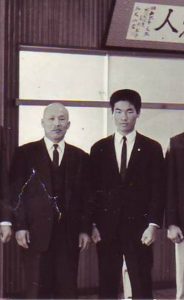
Kancho Royama with his teacher Sensei Kenichi Sawai
Kancho Royama has said that Ikken (another name for Taikien) was one of the arts assimilated into Kyokushin by Mas Oyama in the very beginning. It was part of the original Kyokushin synthesis. It has always been a part of Kyokushin, and, if anything, its practice was lost among Kyokushin karateka during the years that Kyokushin’s popularity boomed.
Vice-chairman Fuku-Kancho of Kyokushin-kan, Tsuyoshi Hiroshige became renowned in Japan for making champions. Kenji Midori, Kenji Yamaki, Hajimi Kazumi . . . all were Hiroshige Shihan’s world-champion students and they all practiced Taikiken. As well, Kancho Royama practiced Taikiken extensively before his first All-Japan Tournament win.
In recent Time
Taikiken within Kyokushin is still kept alive in Japan by the Kyokushin-kan under Kancho Royama, Shihan Kazumi with his independent dojo’s and seminars, and people like Kyokushin Karateka and Taikiken (Yiquan) teacher Анатолий Криводедов (Anatoly Krivodedov) in Russia.
If you are interested in incorporating the training into your own system it can be difficult to find a local teacher of Taikiken specifically, but you can always try Yiquan, as they are practically identical.
There are also many online sources, including Sensei Krivodedov’s Youtube Channel
Please click here for Part Two of this article.
OSU!
Taikiken Basic Pushing Hands exercise:
Video showing Hajime Kazumi doing Taikiken in the beginning:
